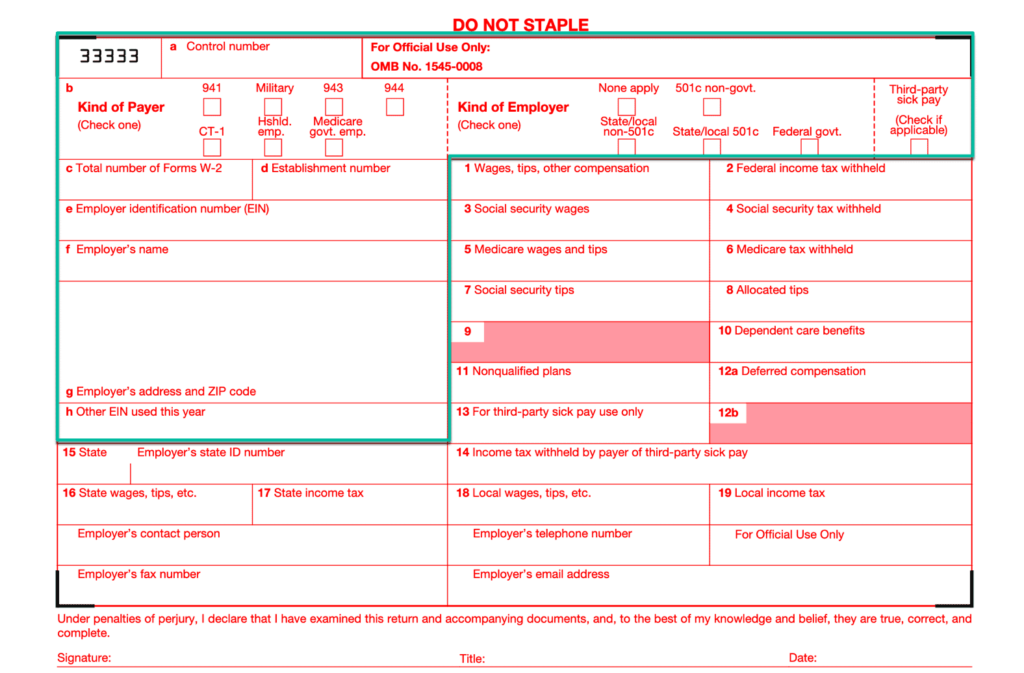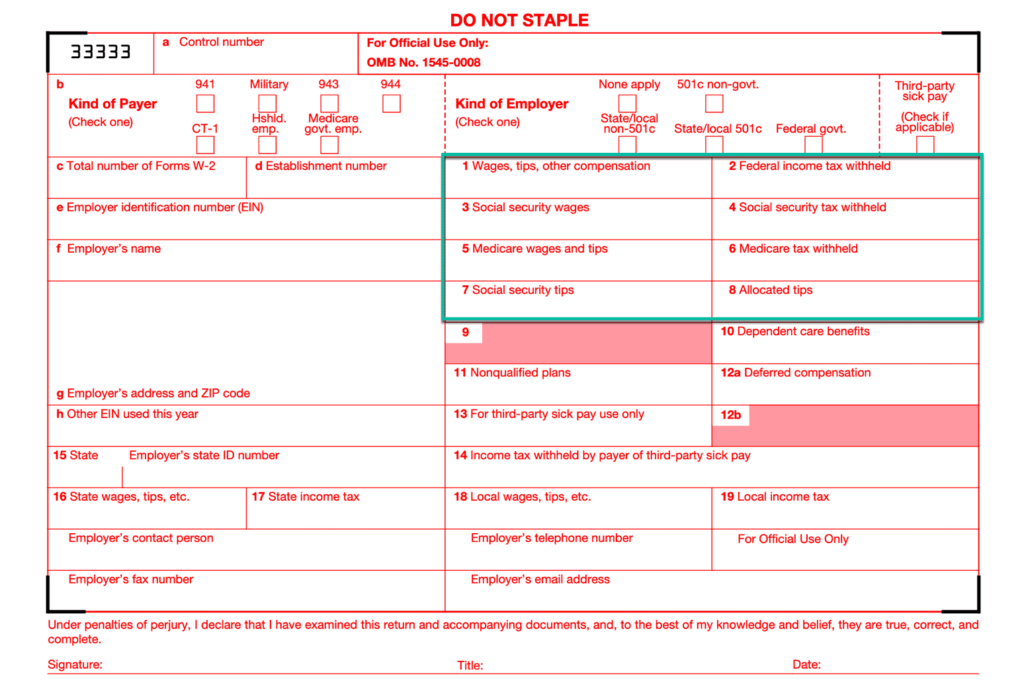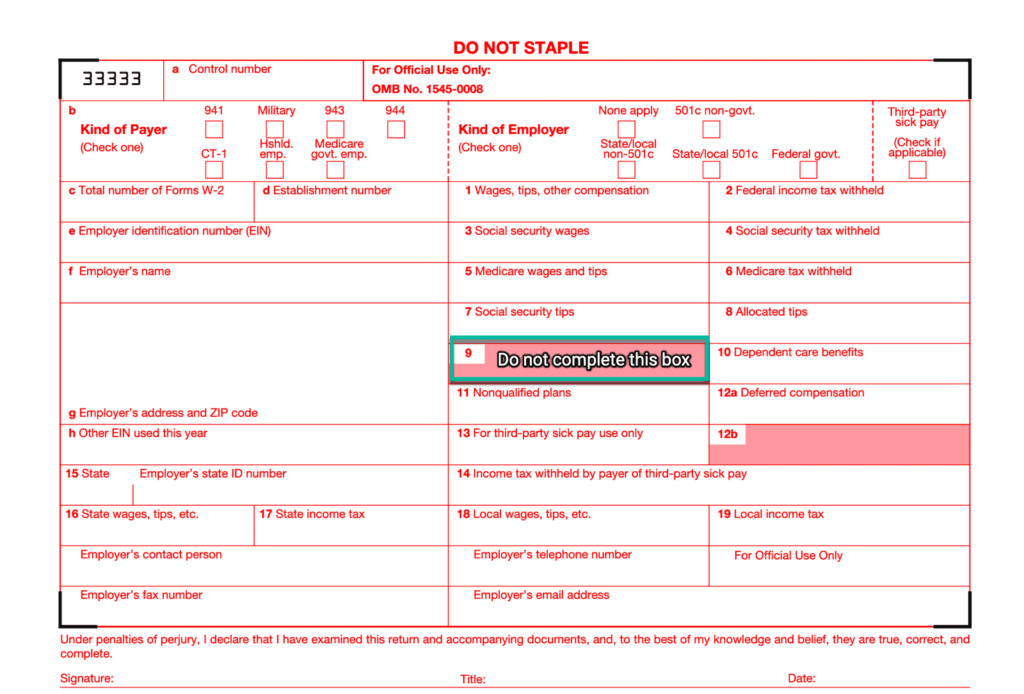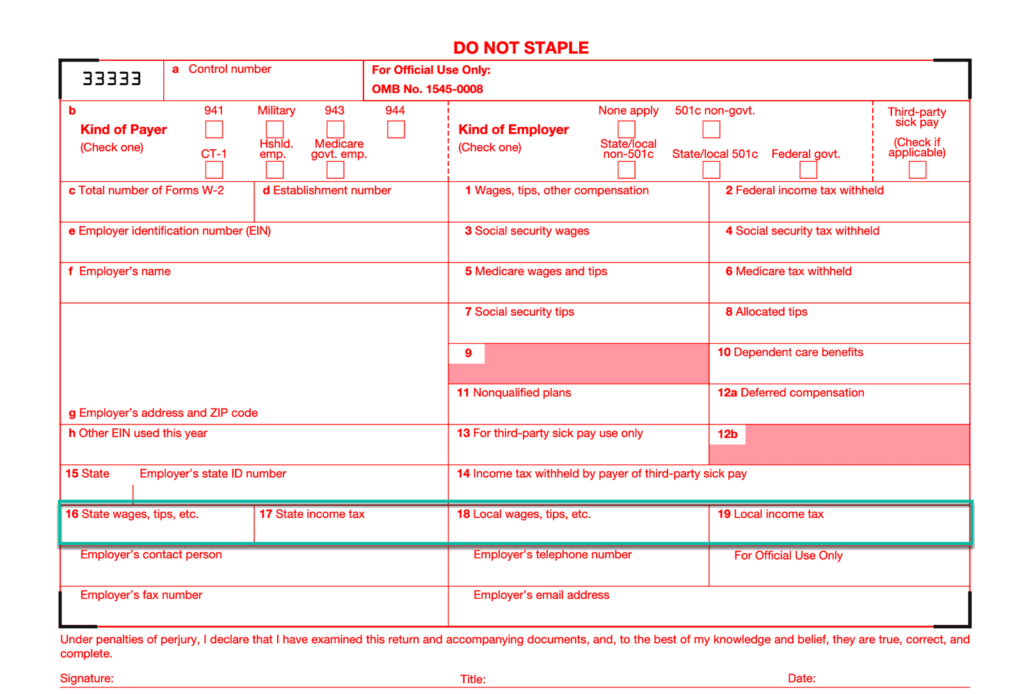More from our experts
If you have W-2 employees who you paid during 2023, you probably need to complete and file Form W-3, also known as the “Transmittal of Wage and Tax Statements,” with the Social Security Administration (SSA).
Fast facts about Form W-3
- Employers use Form W-3 to share all the information from an employee’s annual W-2s with the Social Security Administration
- The deadline for filing W-3s, and all associated W-2s, is January 31 of each year
- Businesses with 250 or more employees must file their W-2s electronically and do not need to fill out Form W-3
- The totals entered on your W-3 should match the totals of all of your submitted W-2s
Who really needs to send in a W-3? How do you ensure you’ve filled it out completely? Read on to get all the answers and a downloadable PDF you can review and complete.
W-3 form 2024 PDF download
Or need the previous version? Download W-3 form 2023
Form W-3 is used to share information from your employees’ annual W-2s with the Social Security Administration.
What is a W-3 form used for?
Form W-3 is used to summarize the numbers you reported on all Forms W-2 filed during the year. It shows the total employee wages you paid, the taxable portion of those wages, and all the taxes you withheld from your employee’s paychecks throughout the year. No taxes need to be paid when you file Form W-3, so it’s just an informational form that lets the Social Security Administration know about your business’ employment activities during the year. It serves as a summary sheet, providing the totals for the boxes on each employee’s Form W-2. It is important to keep in mind that it must be used by employers, even if only one W-2 is filed.
Please note
If you are filing W-2 forms for more than 250 employees (and therefore required to electronically submit them), a W-3 is not required.

Who has to file a W-3?
- Employers with anywhere from 1 to 249 employees must file a Form W-3 with the Social Security Administration each year. Businesses with 250 or more employees are required to file their Forms W-2 electronically, but they are not required to file Form W-3.
- Businesses with 1 to 249 employees can choose to file form W-3 (and Forms W-2) by mail using paper forms, or electronically using the SSA’s website. Filing electronically is generally recommended because it’s faster, easier, and reduces the chances of errors in entering or printing amounts.
— David Kindness, Certified Public Accountant
What is the difference between W-2 and W-3 forms?
While Forms W-2 and W-3 ultimately report the same information, there are some important differences you should keep in mind when filling out these forms.
Form W-2 reports each individual employee’s employment information, such as the wages they receive, taxes withheld from their paychecks, social security and medicare tax withholdings, health insurance they receive, stock options, and more. This is a high-level overview of Form W-2. To learn more, check out this article on what a W-2 is and how to file it.
While Form W-2 reports each individual employee’s information, Form W-3 reports a summary of ALL employee’s information (even if you only have one employee). It gives the Social Security Administration the totals of all your employee’s wages, taxes withheld, social security and medicare taxes, health insurance, stock options, and more. This allows the SSA to verify that your employees are having the proper tax and social security amounts withheld from their pay.
Additionally, payroll software will often assist in filing form W-3 by summarizing the amounts from Forms W-2 for you, making the process even easier.
What do you need to fill out a W-3 form?
To complete Form W-3, you will need the following:
- Form W-3 Downloadable PDF
- Your Employer Identification (EIN) number
- The total amount paid in tips, and other compensation for the year
- The total amount of federal, state, and local taxes withheld for the year
- The total amount of Social Security and Medicare taxes withheld for the year
- The total amount of deductions for dependent care assistance programs for the year
- Other compensation and benefits totals including elective deferrals for retirement plans and the cost of employer-sponsored health coverage for the year
What’s the deadline for filing my 2024 Form W-3?
Your W-3, along with the corresponding W-2s, needs to be filed by January 31, 2025.
Instructions for filling out Form W-3
Boxes A-H are for information about your business, from the type of organization you are, to your employer identification number (EIN), and even your address. Make sure you fill each of these in. You may also want to enter the name and contact information for any employee that is authorized to speak to the Social Security Administration in case any questions come up along the way.

Next, you’ll fill out the numbered boxes:
- Boxes 1 through 8 – Enter the totals for all of the corresponding boxes on the W-2s you submit for your employees.

- Box 9 – It is not a fillable box and IRS instructions say not to list an amount. Leave this box blank.

- Box 10 – Dependent care benefits. Enter the total from box 10 of your W-2 forms.
- Box 11 – Nonqualified plans. Enter the totals reported in box 11 on the W-2s submitted.
- Box 12a – Enter the total of all amounts reported using codes D through H, S, Y, AA, BB, and EE in box 12 on Form W-2.

- Box 13 – For third-party sick pay use only – this box should be left blank.

- Box 14 – This box should only be filled out if your employees had federal income tax withheld from third-party sick pay.
- Box 15 – Enter your state ID. If the W-2s being submitted with your W-3 contain wage and tax information for more than one state or territory, just enter an X under State without entering a state ID.

- Boxes 16 -19 – Enter any state and/or local wages reported on W-2s submitted.

Be sure to verify that the totals entered on your W-3 correspond with the totals from all of the W-2s you submitted for the year. You’ll also want to double-check that the totals on your W-3 match those submitted on your 941, 943, or 944 forms throughout the year.
And that’s it!
If you’re using software for payroll, both your W-2s and W-3 will probably be filled out automatically. Those businesses with 250 or more employees will need to file their W-2s electronically and do not need to complete Form W-3.
For additional instructions and information on Form W-3, visit the IRS website or contact a CPA or tax professional.
Please note all material in this article is for educational purposes only and does not constitute tax or legal advice. You should always contact a qualified tax, legal or financial professional, in your area for comprehensive tax or legal advice or if you’re unsure of your obligations.
Take a tour to see how easy payroll can be.



